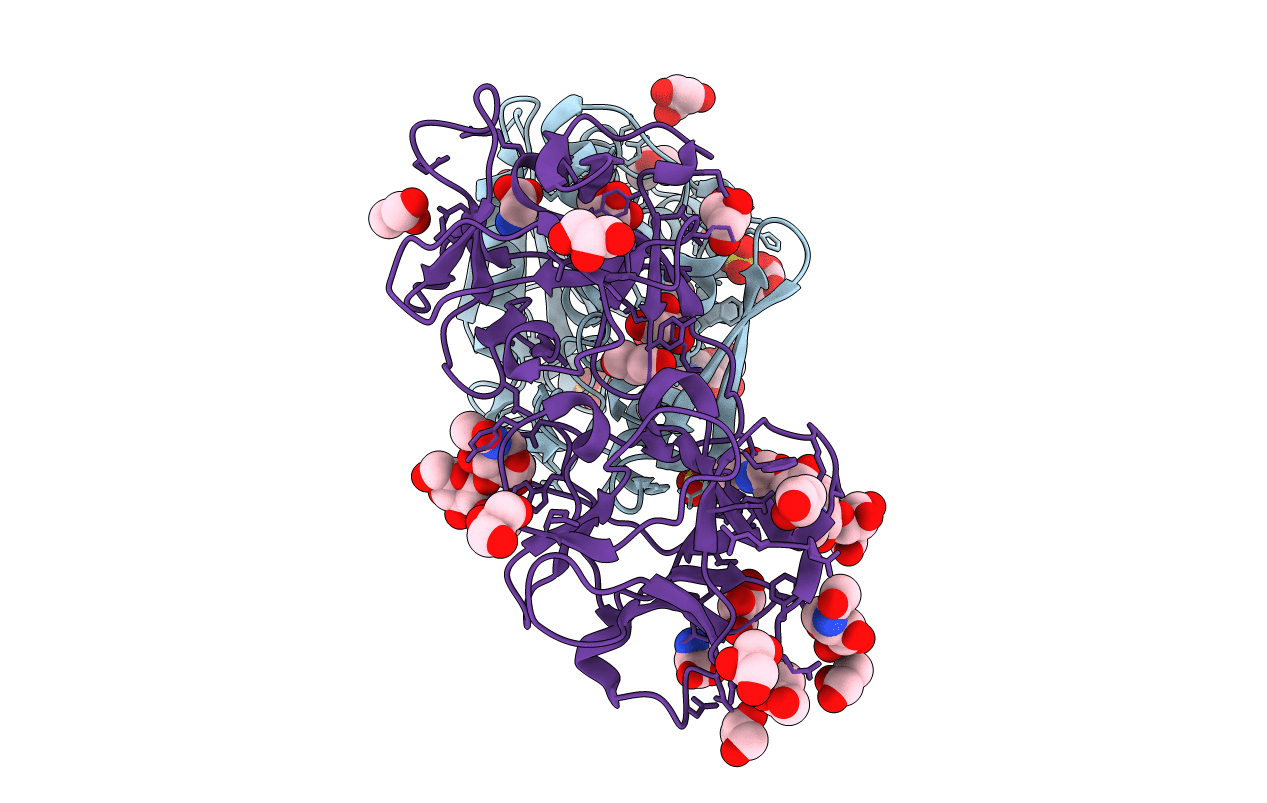
Deposition Date
2017-09-30
Release Date
2018-05-02
Last Version Date
2024-11-06
Entry Detail
PDB ID:
6ELY
Keywords:
Title:
Crystal Structure of Mistletoe Lectin I (ML-I) from Viscum album in Complex with 4-N-Furfurylcytosine at 2.84 A Resolution
Biological Source:
Source Organism:
Viscum album (Taxon ID: 3972)
Method Details:
Experimental Method:
Resolution:
2.84 Å
R-Value Free:
0.21
R-Value Work:
0.16
R-Value Observed:
0.16
Space Group:
P 65 2 2


